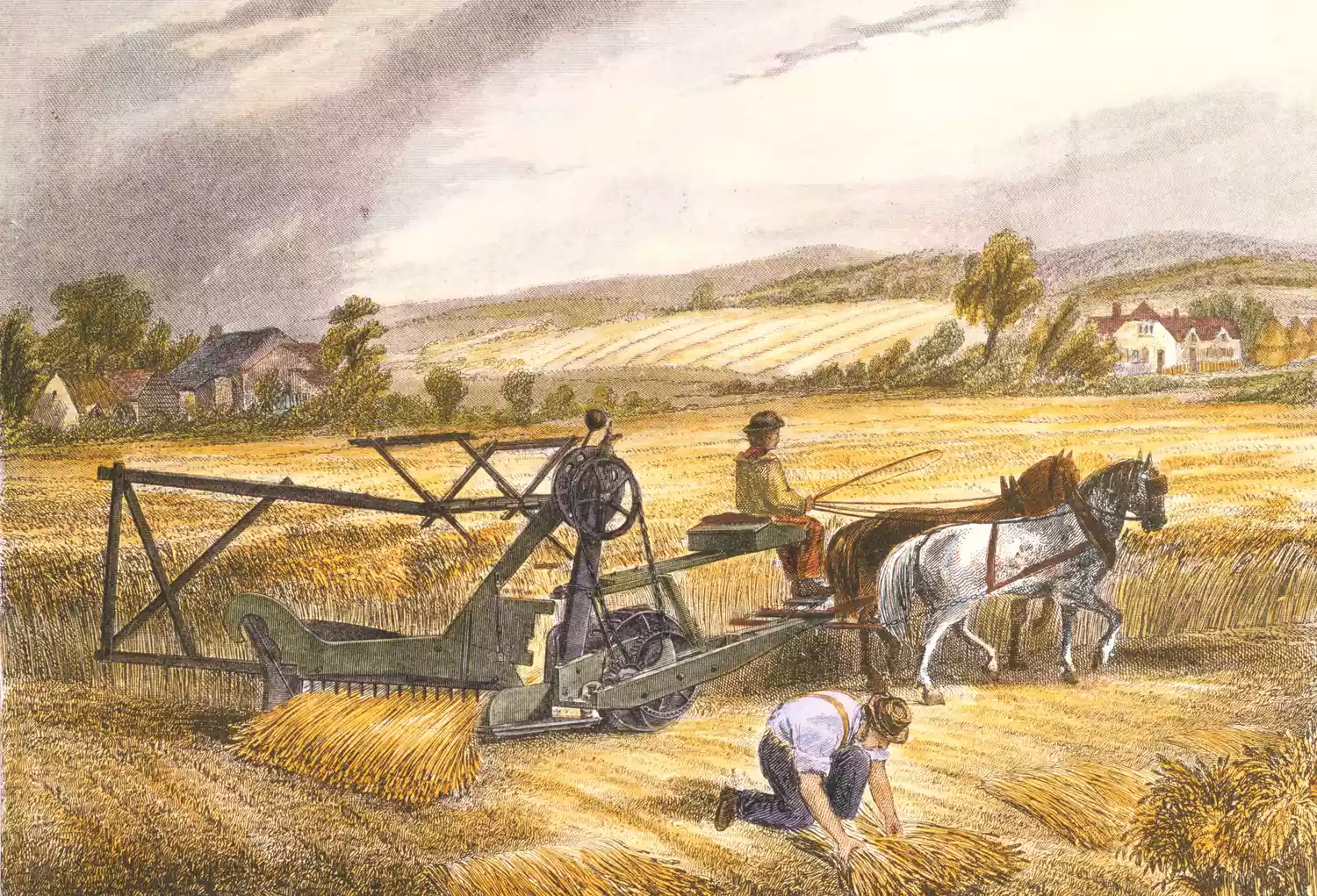rice combine harvester
The Evolution and Impact of Rice Combine Harvesters
Rice is a staple food for more than half of the world's population, and its production is a significant agricultural activity in many countries. With the increasing demand for rice and the need for efficient farming practices, the introduction of technology, particularly rice combine harvesters, has revolutionized the way rice farming operates. This article explores the evolution, benefits, and challenges of rice combine harvesters.
The Evolution of Rice Harvesting Techniques
Traditionally, rice harvesting was a labor-intensive process, relying heavily on manual labor. Farmers would use sickles to cut the rice plants, followed by threshing to separate the grain from the chaff. This method, while effective, was time-consuming and often resulted in a significant loss of grain. As the world shifted towards mechanization in agriculture during the 20th century, the need for more efficient harvesting techniques became apparent.
The first rice combine harvesters appeared in the 1950s and 1960s, significantly improving the harvesting process. These machines combined several operations into one, allowing for the cutting, threshing, and cleaning of rice all in a single pass. This innovation not only saved time and labor but also reduced grain losses during harvesting. Further advancements in technology have led to the development of specialized rice combine harvesters tailored to the unique challenges of rice farming, such as varying field conditions and rice varieties.
Benefits of Rice Combine Harvesters
One of the primary advantages of rice combine harvesters is their efficiency. A well-operated combine can harvest rice much faster than manual methods, allowing farmers to complete the harvest in a shorter timeframe. This is particularly important in regions where weather conditions can affect the timing of the harvest, such as the monsoon season.
Additionally, rice combine harvesters enhance the quality of the harvested rice. These machines minimize the risk of damage to the grain, ensuring that a higher percentage of the harvest is usable. The reduction in grain loss is especially beneficial for farmers, as even a small increase in the amount of rice harvested can lead to significant financial gains.
rice combine harvester

Furthermore, the use of combine harvesters can help address labor shortages, particularly in regions where young people are moving to urban areas for work. With the mechanization of rice farming, fewer agricultural workers are needed, allowing farmers to maintain productivity even in the face of declining labor availability.
Challenges and Considerations
Despite their many benefits, rice combine harvesters are not without challenges. The initial investment cost for these machines can be prohibitively high for many smallholder farmers, making it difficult for them to adopt this technology. Additionally, maintenance and repairs can also be costly, requiring access to skilled technicians and spare parts.
Another consideration is the impact of mechanization on traditional farming practices and rural communities. While combine harvesters can lead to increased efficiency and productivity, they may also contribute to social changes as the reliance on manual labor decreases. This shift can create economic disparities among farmers, particularly between those who can afford modern machinery and those who cannot.
Lastly, environmental considerations must be taken into account. The use of heavy machinery can lead to soil compaction and ecosystem disturbances if not managed properly. Farmers must strike a balance between utilizing technology for increased productivity while maintaining sustainable farming practices.
Conclusion
Rice combine harvesters represent a significant advancement in agricultural technology, transforming the landscape of rice farming. While they offer numerous advantages, such as increased efficiency, reduced grain loss, and the ability to address labor shortages, challenges remain regarding accessibility, social impacts, and environmental considerations. As the global demand for rice continues to rise, finding ways to integrate technology responsibly and sustainably will be crucial for the future of rice production and food security worldwide.
In conclusion, the journey of rice combine harvesters reflects the broader trends in agriculture—innovation driving efficiency while balancing economic and environmental concerns. As technology continues to evolve, the potential for further improvements in rice production is immense, paving the way for a more resilient and sustainable agricultural future.
Latest news
-
When to Upgrade Your Old Forage HarvesterNewsJun.05,2025
-
One Forage Harvester for All Your NeedsNewsJun.05,2025
-
Mastering the Grass Reaper MachineNewsJun.05,2025
-
How Small Farms Make Full Use of Wheat ReaperNewsJun.05,2025
-
Harvesting Wheat the Easy Way: Use a Mini Tractor ReaperNewsJun.05,2025
-
Growing Demand for the Mini Tractor Reaper in AsiaNewsJun.05,2025







